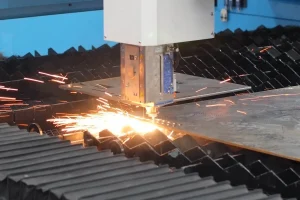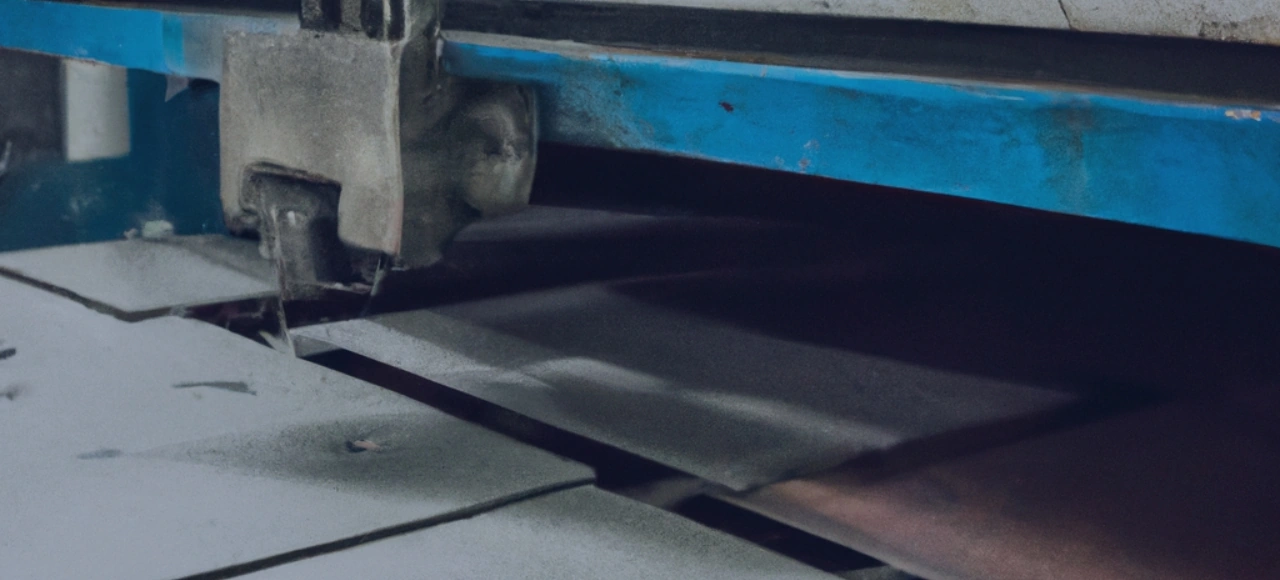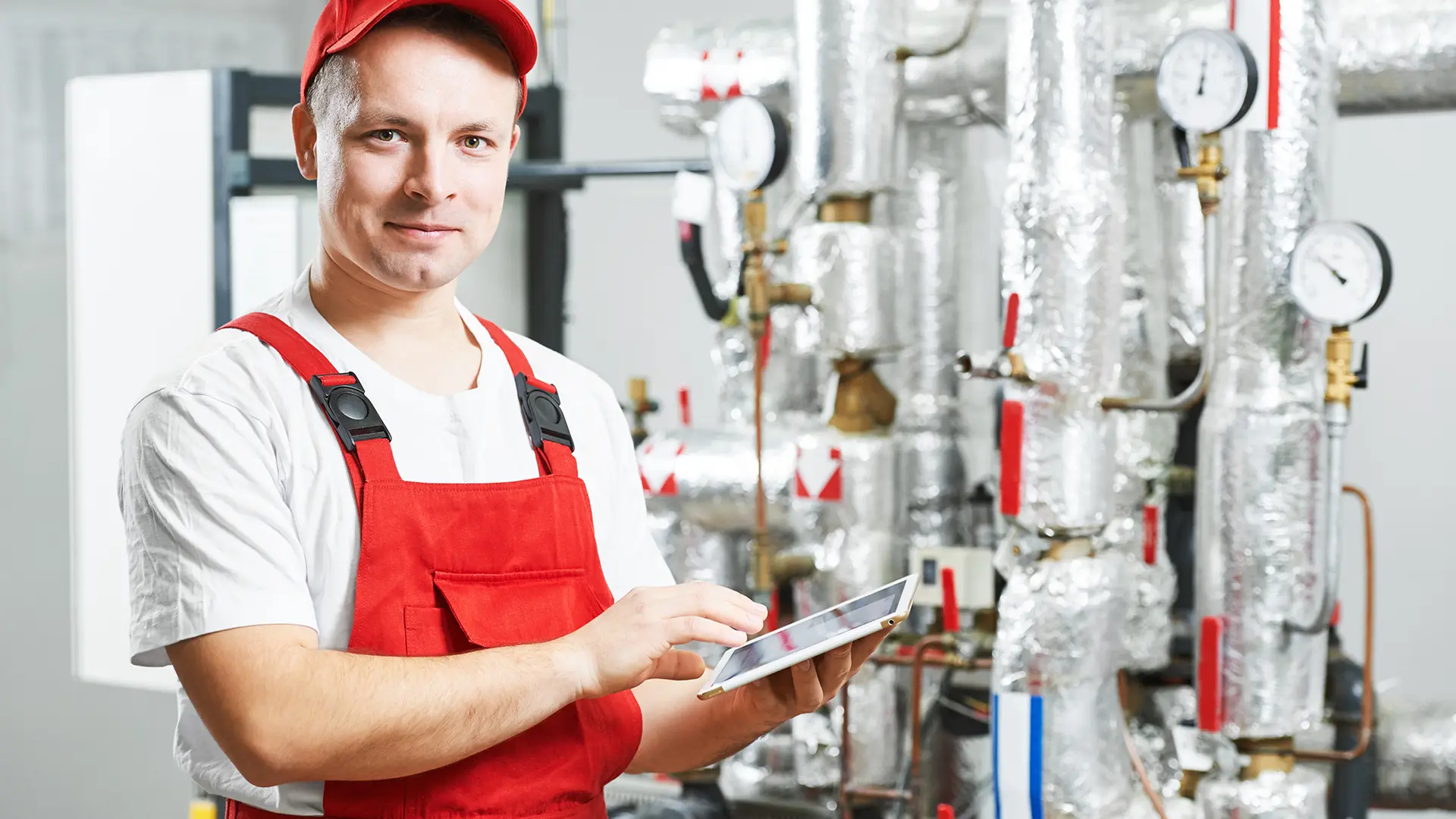Precision metal cutting technology plays a crucial role in achieving a delicate balance between urban growth and eco-friendly practices. As cities continue to expand, it becomes essential to find manufacturing solutions that are efficient and sustainable.
Precision metal cutting technology, including laser and waterjet cutting techniques, offers exceptional precision while minimizing waste and energy consumption. This technology enables the creation of intricate metal components used in various industries. Furthermore, its eco-friendly nature aligns with the global push for sustainability.
In this article, we will explore the benefits and applications of Plasma Cutting in addressing the challenges of urban growth while maintaining a commitment to eco-friendly practices.
Key Takeaways
- Precision metal cutting technology is essential for modern urban development and plays a crucial role in construction, manufacturing, and transportation industries.
- Challenges faced in urban growth and development include limited space, traffic congestion, increased pollution, and proper resource allocation.
- Eco-friendly solutions for precision metal cutting include the use of advanced laser cutting technology, recycling programs for metal waste, and minimizing material waste and energy consumption.
- Innovations in Plasma Cutting, such as fiber lasers and 3D waterjets, offer higher cutting speeds, improved energy efficiency, and the ability to cut complex shapes with high precision.
The Importance of Precision Metal Cutting Technology
Precision metal cutting technology is an essential component in modern urban development, consistently delivering accurate and efficient results. With the rapid growth of urban areas, the need for precise cutting solutions has become paramount.
Plasma Cutting plays a crucial role in various industries, including construction, manufacturing, and transportation. Its importance lies in its ability to create intricate shapes and designs, ensuring that every piece fits together seamlessly. This technology allows for the fabrication of high-quality metal components and structures, contributing to the overall durability and safety of urban infrastructure.
Moreover, Plasma Cutting enables the efficient use of materials, reducing waste and promoting sustainability. By utilizing this technology, urban developers can achieve their goals of creating eco-friendly and visually appealing cities that meet the needs of a growing population.
Challenges Faced in Urban Growth and Development
One of the primary challenges faced in urban growth and development is the proper allocation of resources and infrastructure to support the increasing population demands. This requires careful planning and management to ensure that essential services such as transportation, housing, and utilities are adequately provided for all residents.
Additionally, urban growth often leads to increased pollution and environmental degradation, which further exacerbates the challenges faced in sustainable development.
The following are some specific challenges faced in urban growth and development:
- Limited space: As urban areas become more populated, the availability of land for development becomes scarce, making it challenging to accommodate the growing population.
- Traffic congestion: With more people residing in urban areas, there is an increased demand for transportation, leading to congested roads and longer commute times.
Eco-Friendly Solutions for Precision Metal Cutting
Eco-conscious techniques and practices are revolutionizing the field of precision metal cutting, offering sustainable solutions for urban growth. With increasing concerns about the environmental impact of industrial processes, the adoption of eco-friendly practices in precision metal cutting is crucial.
One such solution is the use of advanced laser cutting technology, which minimizes material waste and reduces energy consumption compared to traditional methods. Laser cutting also eliminates the need for harmful chemicals and reduces the carbon footprint associated with metal cutting processes.
Additionally, the implementation of recycling programs for metal waste generated during the cutting process further contributes to eco-friendly practices. By embracing these sustainable solutions, precision metal cutting not only meets the demands of urban growth but also ensures a greener and more sustainable future.

Innovations in Precision Metal Cutting Technology
What are some of the latest advancements in precision metal cutting technology? As the demand for precise and efficient metal cutting continues to grow, manufacturers are constantly pushing the boundaries of innovation. Here are some of the key advancements in this field:
- Fiber lasers: These lasers offer higher cutting speeds and improved energy efficiency compared to traditional CO2 lasers.
- Ultrafast lasers: With pulse durations in the picosecond or femtosecond range, these lasers enable precise cutting of intricate patterns and delicate materials.
- Abrasive waterjets: By combining high-pressure water with abrasive particles, this technology can cut a wide range of materials, including metals, ceramics, and composites, with minimal heat-affected zones.
- 3D waterjets: Using multi-axis cutting heads, these systems can cut complex shapes and contours with high precision.
These innovations in Plasma Cutting are revolutionizing manufacturing processes, enabling greater efficiency, accuracy, and sustainability in the industry.
Implementing Sustainable Practices in Precision Metal Cutting
To achieve eco-friendly precision metal cutting solutions, manufacturers are implementing sustainable practices in their operations. These practices are aimed at minimizing the environmental impact of the cutting process while maintaining high levels of precision and efficiency.
One common sustainable practice is the use of advanced cutting technologies that optimize material usage and reduce waste. For example, laser cutting machines equipped with intelligent software can analyze the geometry of a workpiece and automatically determine the most efficient cutting path, minimizing material waste.
Additionally, manufacturers are increasingly adopting renewable energy sources to power their cutting operations, such as solar or wind power. This helps reduce greenhouse gas emissions and dependency on fossil fuels.
Furthermore, implementing recycling programs for metal scraps generated during the cutting process is another sustainable practice that helps reduce waste and promote circular economy principles.
Frequently Asked Questions
What Are the Benefits of Using Precision Metal Cutting Technology in Urban Growth and Development?
Using precision metal cutting technology in urban growth and development offers numerous benefits. It allows for accurate and efficient cutting of metal materials, reducing waste and increasing productivity. Additionally, it promotes eco-friendly practices, aligning with the goal of sustainable urban development.
How Does Precision Metal Cutting Technology Contribute to Eco-Friendly Solutions?
Metal cutting technology contributes to eco-friendly solutions by minimizing waste, reducing energy consumption, and improving efficiency. Its precision and accuracy result in less material being wasted, while advanced techniques and equipment help reduce environmental impact.
What Are Some of the Challenges Faced in Implementing Precision Metal Cutting Technology in Urban Areas?
Implementing plasma metal cutting technology in urban areas poses challenges such as limited space, noise and air pollution, and disruption to existing infrastructure. However, with careful planning and adoption of eco-friendly practices, these challenges can be overcome to achieve sustainable urban growth.
What Are the Latest Innovations in Precision Metal Cutting Technology?
The latest innovations in precision metal cutting technology include advancements in laser cutting, waterjet cutting, and plasma cutting techniques. These technologies offer increased accuracy, efficiency, and versatility, making them ideal for a wide range of applications in various industries.
How Can Sustainable Practices Be Implemented in Precision Metal Cutting Processes?
Sustainable practices can be implemented in precision metal cutting processes through the use of eco-friendly materials, energy-efficient machinery, and waste reduction strategies. By adopting these practices, companies can contribute to a more environmentally friendly and socially responsible approach to their operations.
Conclusion
In conclusion, precision metal cutting technology offers a sustainable solution for balancing urban growth with eco-friendly practices. By utilizing advanced cutting techniques, manufacturers can achieve high levels of precision and accuracy while minimizing material waste and energy consumption.
This technology plays a crucial role in various industries, including automotive, aerospace, and electronics. By embracing these cutting-edge solutions, urban areas can thrive economically while minimizing their carbon footprint and contributing to a greener future.
You May Also Like:









